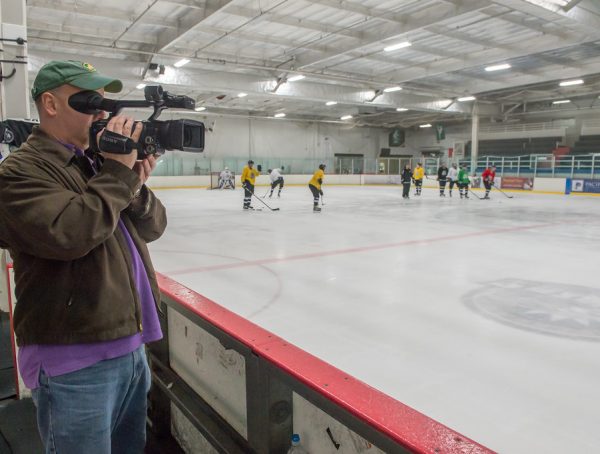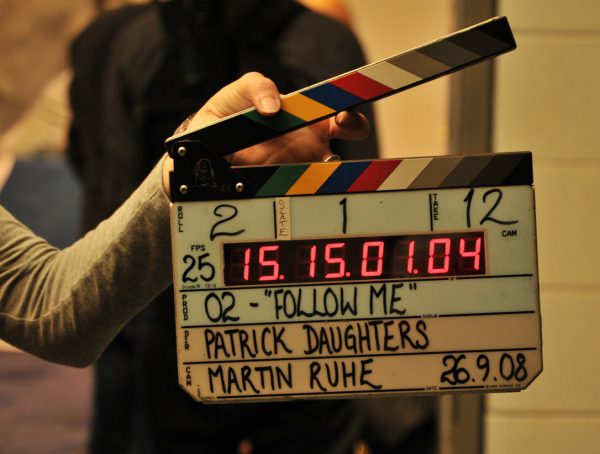Reshma Kirpalani is a twelve-time Lone Star Emmy award-winning journalist currently working for McClatchy in Washington D.C. In one of her last pieces entitled “Still Serving,” she documents the battle of former Marine Corps Sgt. Mark S. Villamac Ho against cancer, which he got diagnosed with after his deployment in Iraq with the U.S. military. In the 9-minutes-long video, we enter the private life of Mark, witness interviews shot in the comfort of his home, and observe his daily life battling against the disease. The result is very poignant, emotional, and engaging.
How did she manage to get such a touching interview? How did she get that close to her subject? How did she gain his trust? According to Kirpalani, interviewing is a whole process.
It starts with a lot of preparation. When she finds a story and a source, she usually pre-interviews her subject, by calling the person on the phone. During that first conversation, she is very transparent about what she intends to do. It is also her chance to introduce herself, as a human, and showing her subject she wants to hear about who they are. The goal is to create the first link, and setting your interviewee at ease.
“You set the tone with that initial phone conversation. So that when you show up there, with this huge camera, and whatever else you have, they’re just a little bit less intimidated, because they’ve already talked to you and they know that you’re not just someone who’s like, behind the camera. You’re not just a camerawoman trying to get a story, you’re a human who’s really interested in who they are. And yes, sometimes it takes time,” explains Kirpalani.
There were times where after one or several pre-interviews, getting off the phone, she knew she would not be able to do her story, at least not with that source. She searches for people who are willing to let her in, willing to let her tell their story, and are open for conversations.
“I got lucky with Mark because he happened to be a very open person with me, and he let me in. It didn’t take a ton of convincing. I think he wanted his story to be told,” says Kirpalani.
She got Sgt. Villamac Ho’s contact from one of the other reporters working on that story, and he ended up being the right source for her not only because of his willingness to participate, but also his willingness to get vulnerable and open up. The documentary is very emotional: Mark has been told by doctors he had five years left to live. Topics like illnesses can be hard to deal with, however, they still need to be addressed.
“When you’re doing the interview, you have to be willing to be uncomfortable with people. You have to be willing to ask questions that may provoke an uncomfortable emotion — including sadness or anger — and allow for that to happen, and not try to fix it or not try to make it smooth out the situation. Feel uncomfortable while they’re feeling uncomfortable. That is a big skill, I had to learn it,” continues Kirpalani.
When people are crying because they are angry, she just stays quiet. She lets it happen. She lets them have their experience. This is what she loves about documentary-style journalism because people get to tell their own stories, in their own words. In a way, that is her way of not letting them be forgotten.









